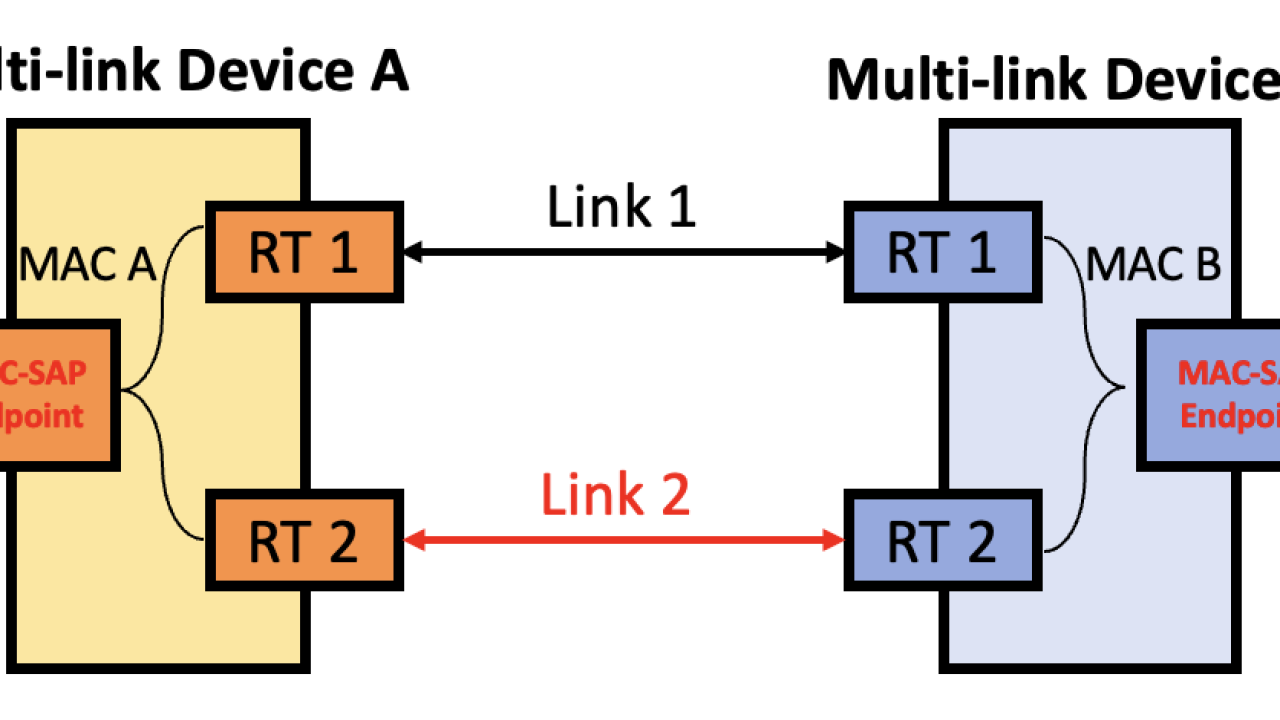WiFi for Schools: Enhancing Learning Through Reliable Connectivity
Posted on 8 August, 2024 by RUCKUS Networks

In today’s digital age, having a robust and reliable WiFi network is essential for schools to support modern educational practices and technology. A well-designed WiFi system enhances the learning experience, facilitates administrative tasks, and enables students and teachers to access a wealth of online resources. Here’s a comprehensive look at the importance of WiFi for schools, its benefits, and key considerations for implementation.
Why WiFi is Crucial for Schools
Supports Digital Learning
Wifi for School the connectivity necessary for digital learning tools and resources. From interactive e-books and online research to educational apps and virtual classrooms, a strong WiFi network supports a wide range of digital learning activities. This connectivity allows students to access up-to-date information and engage with educational content in dynamic ways.
Facilitates Administrative Efficiency
In addition to supporting educational activities, WiFi is vital for school administration. It enables efficient management of student records, communication systems, and administrative software. Teachers and staff can access and update student information, manage grades, and communicate with parents and colleagues more effectively with reliable WiFi.
Enhances Collaboration
Modern education often involves collaborative projects and group work. WiFi enables students and teachers to work together on shared digital platforms, participate in online discussions, and collaborate on research. This connectivity fosters teamwork and enhances the overall learning experience.
Supports BYOD (Bring Your Own Device) Policies
Many schools adopt BYOD policies, allowing students to use their own devices for learning. A strong WiFi network is essential for accommodating multiple devices simultaneously and ensuring that all students have reliable access to online resources.
Benefits of a Strong WiFi Network in Schools
Improved Learning Outcomes
A robust WiFi network improves access to educational resources and tools, which can lead to better learning outcomes. Students can quickly access information, participate in interactive lessons, and utilize educational software, enhancing their overall academic performance.
Increased Engagement
With reliable WiFi, students can engage more effectively with digital content and interactive learning tools. This engagement can make learning more engaging and enjoyable, motivating students to participate actively in their education.
Flexibility in Teaching
WiFi allows for flexible teaching methods, including flipped classrooms, online assignments, and multimedia presentations. Teachers can incorporate a variety of digital resources and teaching strategies, catering to different learning styles and needs.
Efficient Administration
A strong WiFi network streamlines administrative tasks, from managing student information to processing reports and communicating with stakeholders. This efficiency saves time and resources, allowing staff to focus more on educational activities and student support.
Key Considerations for Implementing WiFi in Schools
Coverage and Capacity
Ensure that the WiFi network provides comprehensive coverage across the school campus, including classrooms, libraries, and common areas. Consider the number of users and devices that will be connected simultaneously to determine the network capacity needed. Using multiple access points and ensuring proper placement can help eliminate dead zones and ensure consistent coverage.
Security
Security is a critical consideration for school networks. Implement robust security measures, including WPA3 encryption, secure authentication methods, and network monitoring. Additionally, consider setting up separate networks or VLANs for students, staff, and guests to maintain privacy and control access.
Scalability
Choose a WiFi solution that can grow with the school’s needs. As technology and student numbers evolve, the network should be able to accommodate increased demands. Scalable solutions allow for easy upgrades and expansions without significant disruptions.
Network Management
Opt for a WiFi system with user-friendly management tools. Centralized management platforms can simplify network administration, monitor performance, and troubleshoot issues efficiently. This helps ensure that the network remains reliable and responsive.
Training and Support
Provide training for staff and students on how to use the WiFi network effectively and securely. Additionally, ensure that technical support is available to address any connectivity issues or network problems promptly.
Conclusion
A reliable WiFi network is essential for modern schools, supporting digital learning, administrative efficiency, and collaborative activities. By focusing on coverage, security, scalability, and effective management, schools can create a robust network that enhances the educational experience and meets the needs of students and staff. Investing in quality WiFi infrastructure will pave the way for a more connected, engaging, and efficient learning environment.
For more info. visit us: